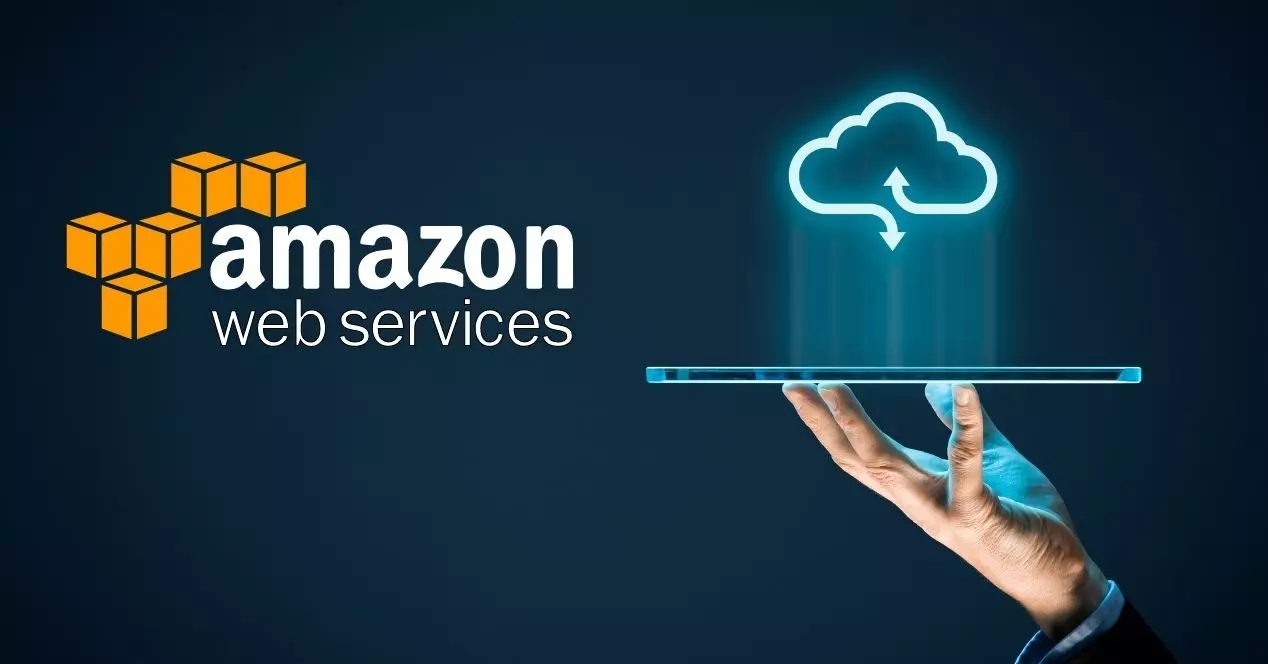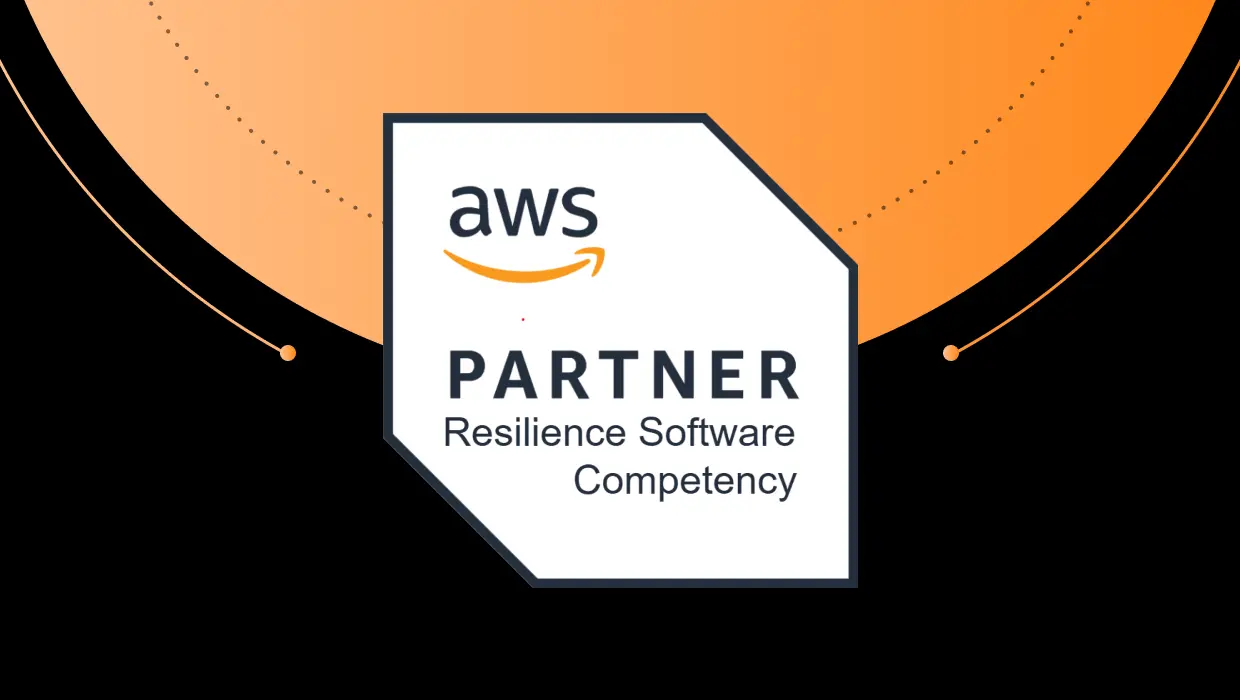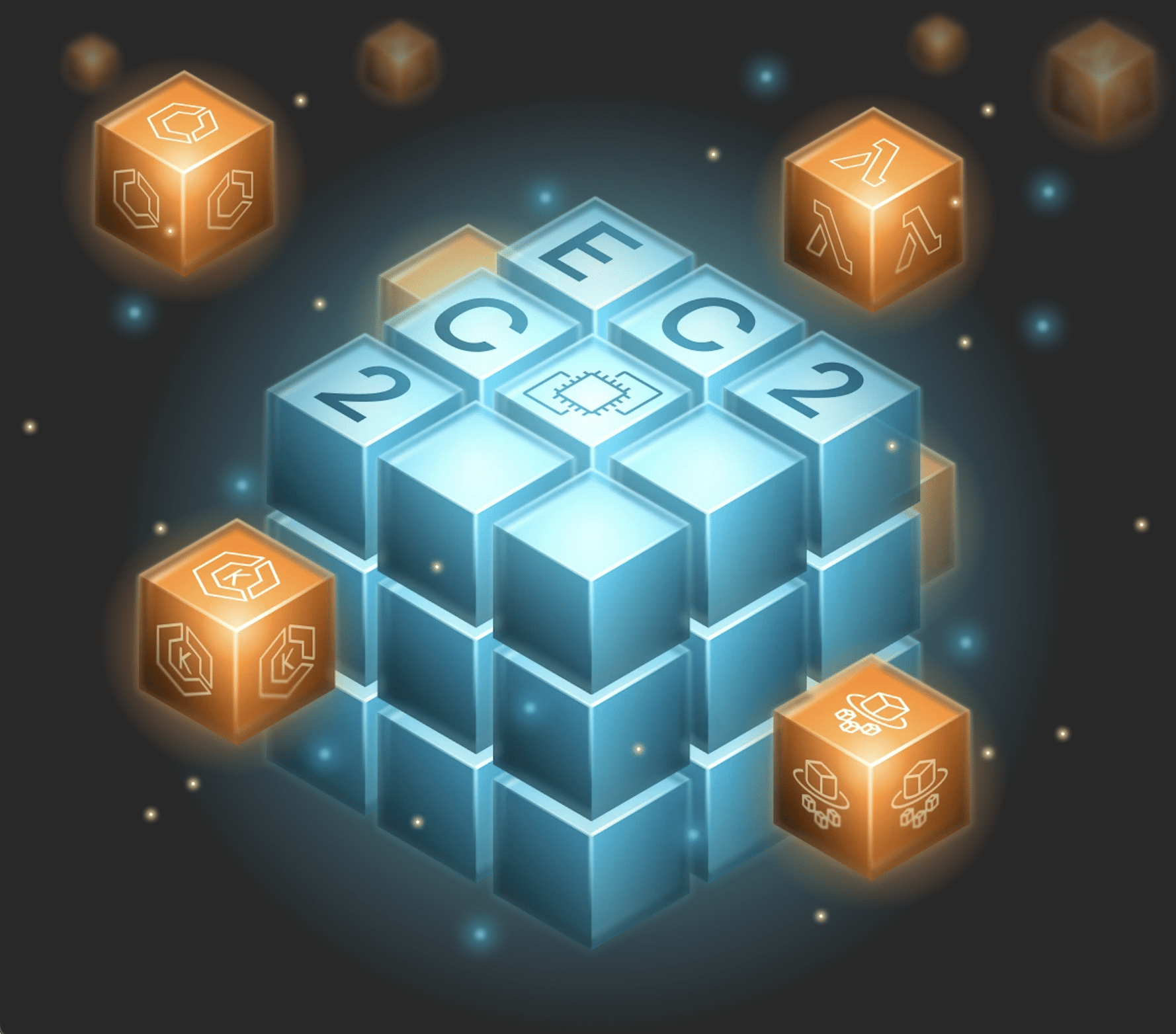In today’s rapidly changing marketplace environment, companies face an imperative to modernize their business-critical legacy applications. That’s why, as the State of the CIO Study 2022 notes, modernizing legacy systems and applications is currently among the top priorities of corporate CIOs.
In most instances such modernization involves transferring legacy apps to the cloud, which is now the seedbed of technological innovation. Once housed in the cloud, and adapted to conform to the technical norms of that environment, legacy apps can improve their functionality, performance, flexibility, security, and overall usefulness by tapping into a sophisticated software ecosystem that offers a wide variety of preexisting services.
Amazon Web Services (AWS), with a 33% share of the market, is the most widely used cloud service platform. AWS provides users with a wide range of fully managed cloud services that can make modernizing legacy apps far easier than it otherwise would be. These include container management services, Kubernetes services, database and DB migration services, application migration services, API and Security management services, support for serverless functions, and more.
In this article, we want to take a brief look at ten of these key AWS services that companies should research and test to determine how they can best be used in modernizing the organization’s suite of legacy apps. But before looking at the AWS services themselves, we need to understand exactly what modernization aims to achieve.
What Application Modernization is All About: Transforming Monoliths into Microservices
Gartner describes application modernization this way:
“Application modernization services address the migration of legacy to new applications or platforms, including the integration of new functionality to provide the latest functions to the business.”
The major problem with most legacy applications is that the way they are architected makes “the integration of new functionality” extremely difficult. That’s because such apps are typically monolithic, meaning that the codebase is basically a single unit with functions and dependencies interwoven throughout.
Any single functional change could ripple through the code in unexpected ways, which makes adapting the app to add new functions or to integrate with other systems very difficult and risky.
A microservices architecture, on the other hand, is expressly designed to make updating the application easy. Each microservice is a separate piece of code that performs a single task; it is deployed and changed independently of any others. This approach allows individual functions to be quickly and easily updated to meet new requirements without impacting other portions of the application.
The fundamental purpose of legacy application modernization, then, is to restructure the application’s codebase from a monolith to microservices.
Related: Migrating Monolithic Applications to Microservices Architecture
The Importance of Refactoring
How does that restructuring take place? In most instances it begins with refactoring. The Agile Alliance defines refactoring this way:
“Refactoring consists of improving the internal structure of an existing program’s source code, while preserving its external behavior.”
Refactoring allows developers to transform a legacy codebase into a cloud-native microservices architecture while not altering its external functionality or user interface. But because the refactored application can fully interoperate with other resources in the cloud ecosystem, updates that were previously almost impossible now become easy. For that reason, refactoring will normally be a key element of any legacy application modernization process.
The Migration “Lift and Shift” Trap
A report from McKinsey highlights a disturbing reality:
“Thus far, modernization efforts have largely failed to generate the expected benefits. Despite migrating a portion of workloads to the cloud, around 80 percent of CIOs report that they have not attained the level of agility and business benefits that they sought through modernization.”
To a significant degree this failure can be attributed to organizations confusing migration with modernization. Far too often companies have focused on simply getting their legacy applications moved to the cloud, as if that in itself constituted a significant level of modernization. That is most emphatically not the case.
The problem is that just removing an application from a data center and rehosting it in the cloud (often called a “lift and shift”) does nothing to change the fundamental nature of the codebase. If it was a monolith before being migrated, it remains a monolith once it gets to the cloud, and retains all the disadvantages of that architecture.
It’s only when a legacy application is not only migrated to the cloud but is refactored from a monolith to a microservices architecture that true modernization can begin. That’s why the modernization services provided by AWS must be evaluated in light of how they facilitate not just the migration, but more importantly the transformation of legacy applications.
Related: Accelerate AWS Migration for Java Applications
Key Modernization Services from AWS
For each of these important AWS services, we’ll provide a brief description along with a link for further information.
1. Amazon EC2 (Elastic Compute Cloud)
Amazon EC2 provides an unlimited number of virtual servers to run your apps. If, for example, you’ve had a particular application running on a physical server in your data center, you can migrate that application to the cloud by launching an EC2 server instance to run it. Rather than having to purchase and maintain your own server hardware, you pay Amazon by the second for each server instance you invoke.
2. Amazon ECS (Elastic Container Service)
Amazon ECS is a container orchestration service that allows you to run containerized apps in the cloud without having to configure an environment for the code to run in. It can be particularly helpful in running microservices apps by facilitating integration with other AWS services. Although container management is normally complex and error-prone, the distinguishing feature of ECS is its “powerful simplicity” that allows users to easily deploy, manage, and scale containerized workloads in the AWS environment.
3. Amazon EKS (Elastic Kubernetes Service)
Kubernetes is an open-source container-orchestration system with which you can automate your containerized application deployments. Amazon EKS allows you to run Kubernetes on AWS without having to install, operate, or maintain your own Kubernetes infrastructure. Applications running in other Kubernetes environments, whether in an on-premises data center or the cloud, can be directly migrated to EKS with no modifications to the code.
4. Amazon VPC (Virtual Private Cloud)
Amazon VPC allows you to define a virtual network (similar to a traditional network you might run out of your data center) within an isolated section of the AWS cloud. Other AWS resources, such as EC2 instances, can be enabled within the network, and you can optionally connect your VPC network with other networks or the internet. All AWS accounts created after December 4, 2013 come with a default VPC that has a default subnet (range of IP addresses) in each Availability Zone. You can also create your own VPC and define your own subnet IP address ranges.
5. AWS Database Migration Service (DMS)
AWS DMS allows you to migrate your databases quickly and securely to AWS. Both homogeneous (e.g. Oracle to Oracle) and heterogeneous (e.g. Oracle to MySQL) migrations are supported. You can set DMS up for either a one-time migration or for continuing replication in which changes to the source DB are continuously applied in real time to the target DB.
6. Amazon S3 / Aurora / DynamoDB / RDS
AWS provides a range of database and data storage services that can simplify the process of migrating data to the cloud:
Amazon S3 (Simple Storage Service) is a high-speed, highly scalable data storage service designed for online backup and archiving in AWS.
Amazon Aurora is “a fully managed relational database engine that’s compatible with MySQL and PostgreSQL.”
Amazon DynamoDB is “a fully managed, serverless, key-value NoSQL database” that provides low latency and high scalability.
Amazon RDS (Relational Database Service) is a managed SQL database service that supports the deployment, operation, and maintenance of seven relational database engines: Amazon Aurora with MySQL compatibility, PostgreSQL, MySQL, MariaDB, PostgreSQL, Oracle, and SQL Server.
7. Amazon API Gateway
Amazon API Gateway enables developers to securely create, publish, and manage APIs to connect non-AWS software to AWS-native applications and resources. That kind of integration, which can substantially enhance the functionality of legacy applications, is a fundamental element of the application modernization process.
8. AWS IAM (Identity and Access Management)
AWS IAM allows you to securely manage AWS access permissions for both users and workloads. You can use IAM policies to specify who (or what workloads) can access specific services and resources, and under what conditions. IAM is a feature of your AWS account, and there is no charge to use it.
9. AWS Lambda
AWS Lambda is an event-driven compute service that lets you run code as stateless functions without provisioning or managing servers or storage–also known as Function as a Service (FaaS). With those tasks performed automatically, developers can focus on their application code. Lambda supports several popular programming languages, including C#, Python, Java, and Node.js. Lambda runs a function only when triggered by an appropriate event, and can automatically scale to handle anything from a few requests per day to thousands of requests per second.
10. Amazon Migration Hub Refactor Spaces (MHRS)
Amazon describes Migration Hub Refactor Spaces as “the starting point for customers looking to incrementally refactor applications to microservices.” MHRS orchestrates AWS services to create an environment optimized for refactoring, allowing modernization teams to easily set up and manage an infrastructure that supports the testing, staging, deployment, and management of refactored legacy applications.
How vFunction Works with MHRS
vFunction and MHRS work together to refactor monolithic legacy applications into microservices and to safely stage, migrate, and deploy those microservice applications to AWS. Developers use MHRS to set up and manage the environment in which the refactoring process is carried out, while the vFunction Platform uses its AI capabilities to substantially automate both the analysis and refactoring of legacy applications.The result of this collaboration is a significant acceleration of the process of modernizing legacy apps and safely deploying them to the AWS cloud. To experience first-hand how vFunction and AWS can work together to help you modernize your legacy applications, schedule a demo today.





